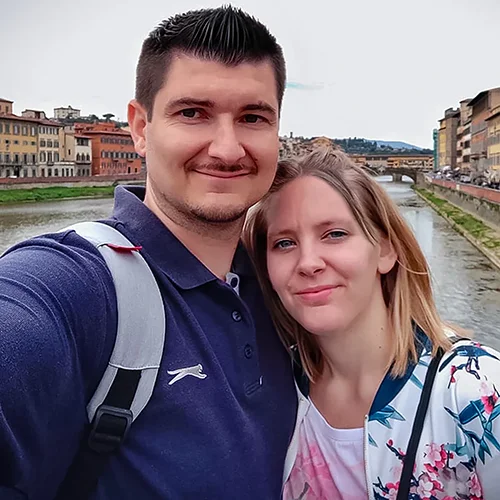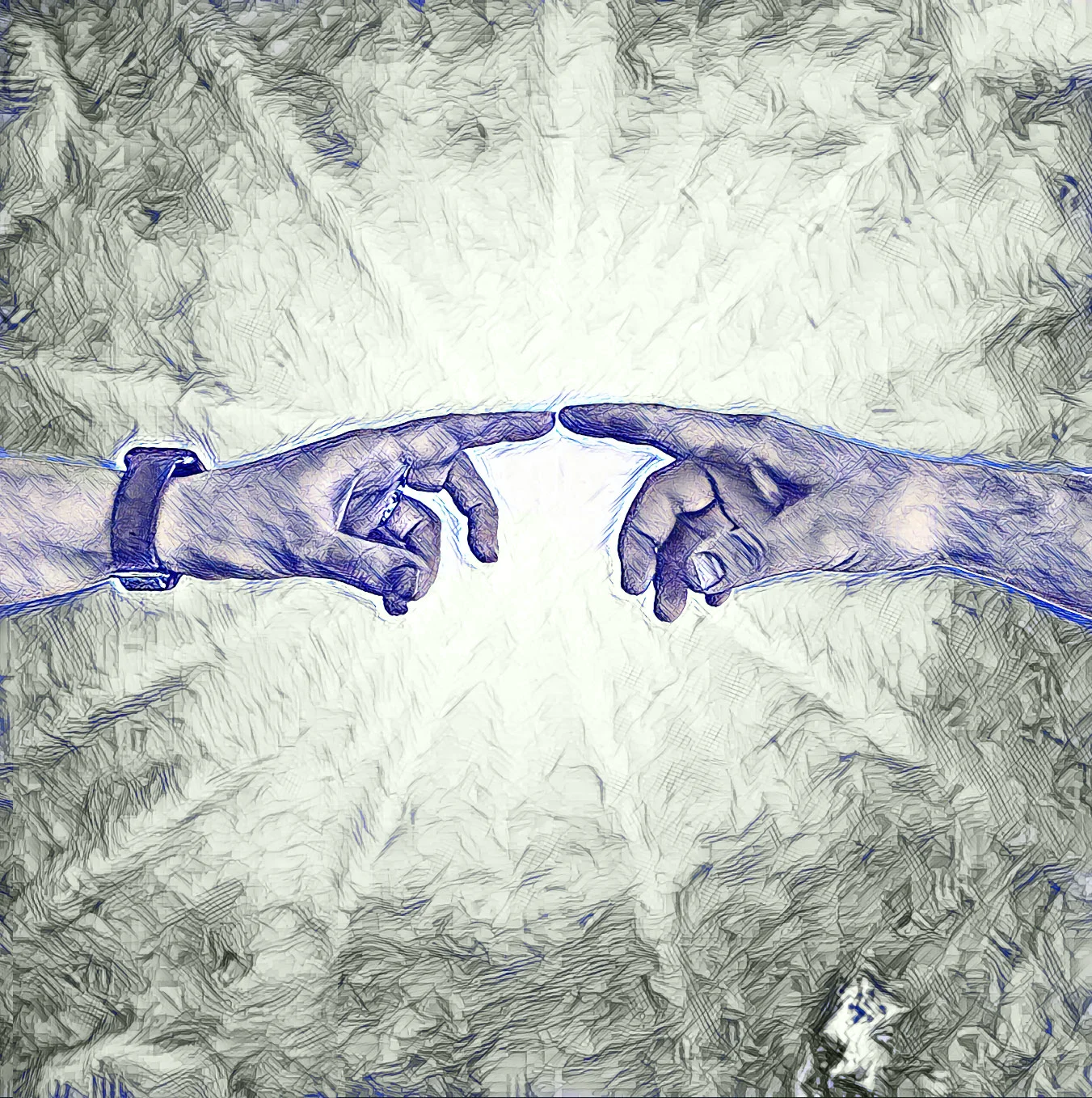España – Our new home!
España – Our new home!
España – Our new home!
España – Our new home!
31. Juli 2024
Feedback: 0
Exciting days in Spain are behind us, and thrilling ones lie ahead. Thanks to a very competent lawyer and a helpful, quick realtor, we were able to complete the purchase of the property smoothly and relatively quickly.
Notario
The appointment with the notary was extremely entertaining. Together with our lawyer, we entered a 19th-century building that had been retrofitted with an elevator. Anyone who has been to Valencia (Spain) will likely be overwhelmed by the architectural symphony, just like we were. It was dreamy! But now, back to the text. On the sixth floor, we were already greeted by the notary and the receptionist. Both welcomed us with a few words in German, which lightened the very interesting situation significantly. Notary appointments are not new to us—we had the pleasure of attending a few in Germany. However, due to the language barrier and the unfamiliar environment, this appointment felt like a significant matter for us.
After a short wait, we followed our lawyer into one of the three conference rooms, expecting to meet the sellers there. The room was empty except for the furniture. We inquired about this with interest. Our lawyer explained that he wanted to go through the purchase contract with us first before we met the sellers so that we could ask questions and clear up any uncertainties in a calm manner. The purchase contract was—hold on—presented in Spanish. Therefore, our lawyer not only took on the role of legal advisor but also that of interpreter, which was also documented in writing. He immediately began translating the purchase contract for us into German, line by line. After six pages and a few questions, we were ready.
Conference room hopping
The move to the next conference room was imminent. This time, we entered a room with a total of eight people, including the notary and the realtor. The heirs were fully represented and consisted of five ladies and one gentleman. Despite different backgrounds and languages, the greeting was very warm and relaxed, which is typical for many Spaniards. Great people—Viva España!
The Procedure
The notary began by checking our identification and then moved directly to the purchase contract. Since we were already familiar with the purchase contract, we could lean back and observe. It felt a bit strange, as we were spending a lot of money in just a few minutes in that room, but we only understood fragments of what was being said.
Finally, the purchase contract was signed by each party, and the paperwork was completed. As mentioned in the last article, the purchase price must be transferred directly to the seller at the notary appointment. This is typically done in Spain via a bank check. In our case, the sellers agreed to receive the purchase price via Instant Payment from the notary’s escrow account since we couldn’t open a bank account in Spain due to the lack of a N.I.E. number. Of course, we had transferred the purchase price to the escrow account a few days prior.
Money, Money, Money
So, the notary took care of the transfers while we had the opportunity to chat a bit with the sellers. A lively and entertaining mix of languages filled the air: the realtor spoke to us in English, our lawyer used German, and the sellers communicated in both English and Spanish. After being told a few amusing stories about the house and that, given the 4,000 m² of land, a lot of “trabajo” (work) was coming our way, they handed us the keys. In Spain, there’s no separate key handover at a later date in the house, as we know it from Germany.
Two and a half hours later—around 7:30 PM—the whole magic was over. Of course, there were still tasks to follow, such as transferring the water connection, paying the property transfer tax (Impuesto sobre Transmisiones Patrimoniales), registering with the municipality, and making adjustments in the land register. But we had bought a house. Exhausted from the appointment, we were no longer shocked by the parking fee of 11 EUR. By the way, the property transfer tax in Valencia is currently 10% of the purchase price if it doesn’t exceed one million euros. For purchase prices over one million euros, it’s 11%.
We’re Moving – Nos mudamos
The very next day, we set out to inspect our new house and check the condition in which the sellers had left it for us. Naturally, we wanted to secure it a bit—keyword: “Okupas en España.” In advance, we had already acquired some surveillance cameras, warning signs, and new locks. Since the retailer with the “a” is also active in Spain, purchasing everything was completed with just a few clicks.
When we arrived, the sun was shining, and temperatures continued to rise. At the front door, we looked into each other’s eyes, and I think we both knew that, with a bit of bad luck, we might be stepping into a squatter’s den. Sure, legally we could take action against it, but that would consume a lot of time and money again. The key disappeared into the cylinder, and after turning it, the door opened. Surprise—we found ourselves in an empty living room. A few minutes later, we could conclusively say that the sellers had adhered exactly to what was agreed in the contract. The house was empty.
Relieved, we began to assemble our online purchases and create a small to-do list. A new floor, painting the walls, doors, and windows, as well as a new kitchen made it onto the list. But at the very top was the visit to the town hall (Ayuntamiento) the next day to complete our registration (empadronamiento).
Empadronamiento
As is also known in Germany, you must register or re-register in Spain when you move. According to our information, you have 30 days for this. For the registration, we, of course, took our ID cards, a copy of the purchase contract, and the N.I.F. number issued by the notary. At the town hall, no one spoke English, but with our modest Spanish skills and a translator, we managed to get through. Here, too, all the staff present were extraordinarily friendly and helpful. The registration took a full 30 minutes and cost us nothing. We read online reports where a few euros were charged for the registration. Of course, each municipality may handle this differently.
And that’s it: we have a house in Spain, on a hill in the midst of nature. From sunrise to sunset, we enjoy the sun and live independently, apart from the water connection. Our furniture has also arrived and completes our new home. Instead of going the classic route through a moving company, we organized the entire move ourselves. In the next article, we will tell you how we arranged the transport of the furniture and what went wrong in the process. So stay tuned …

Wir sind zwei deutsche Auswanderer und auf emigres-life nehmen wir Dich mit auf unsere Reise in ein neues Leben.
In unserem Projekt schwingt das Pendel meist in Richtung stressig oder chaotisch und weniger in Richtung tiefenentspannt.
Wenn du also wissen willst, in welches Fettnäpfchen wir als nächstes treten oder welche Hürden vor uns liegen und wie wir sie überwinden, dann bleib dran.


 Pin it!
Pin it!

